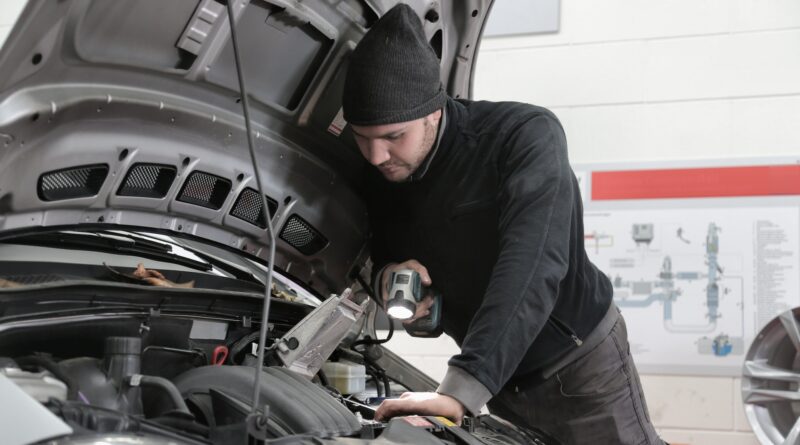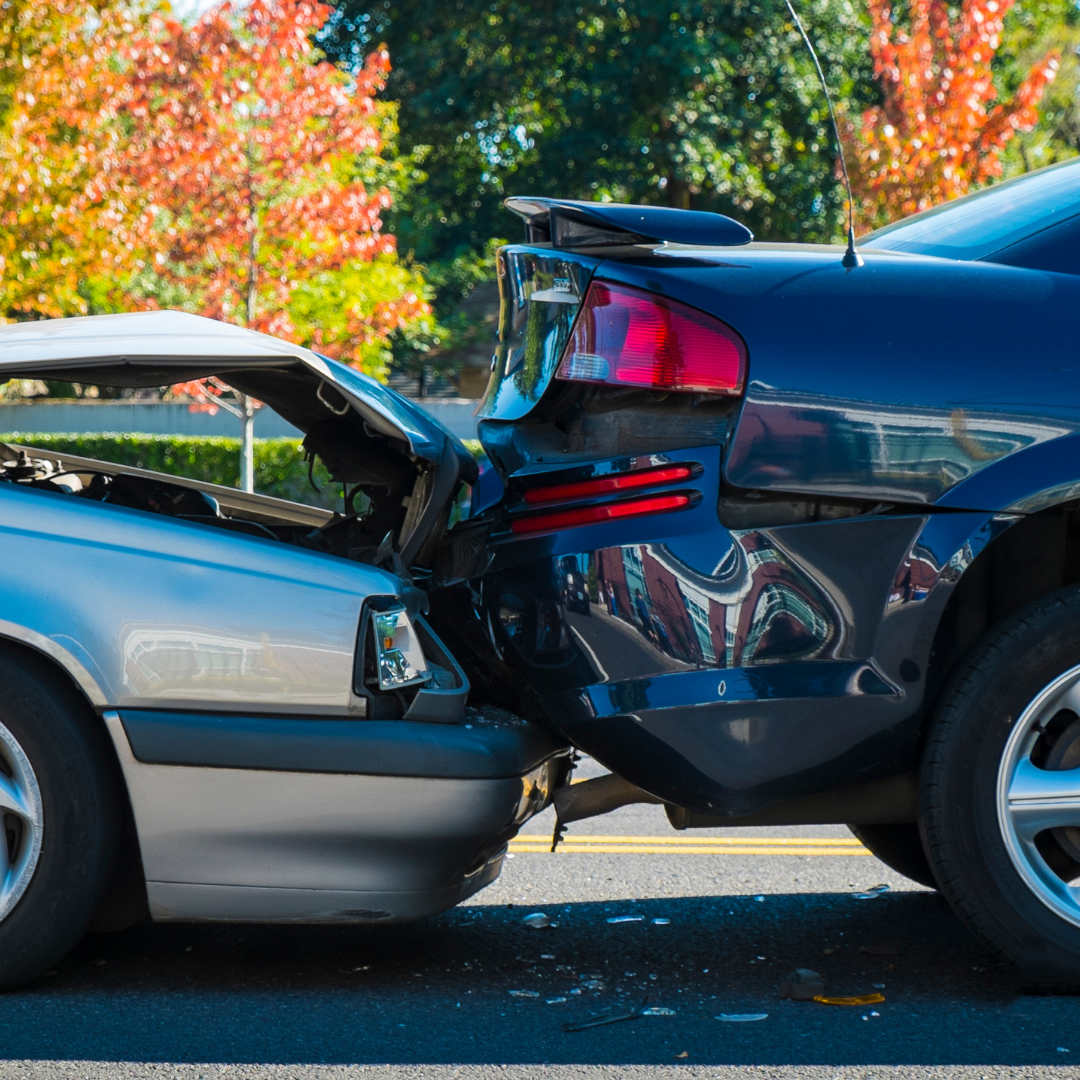Top Tips To Improve the Lifespan Of Your Vehicle
Knowing how best to preserve your car’s lifespan can help you ensure it is in the best driving condition possible and is ready to hit the road when you need it to.
Your car comes under a lot of stress and strain over time, especially with heavy usage; the average American drives around 1,200 miles per month, which is over 14,000 miles per year. If you rely on your car for any reason, these tips can help you get the most from your vehicle and keep it in good condition.
Keep It Clean
A clean car not only looks good but has many benefits, too. Firstly, dirt and debris in the vehicle can hide a multitude of sins, and as such, you need to keep it clean to help you identify any damage to the body, work, interiors and even underneath. Keeping your car clean will help to protect the paintwork from damage from debris building up on it. It will keep your upholstery fresh and clean and remove excess wear and tear from a buildup of dirt and sweat. Don’t forget to give the carpets a good hoover to avoid damaging them as you drag dirt in and out, too.
Keep Oil Topped Up
If you run out of oil, your engine will cease to work. Running low on oil can cause massive damage to your engine, but driving on empty can seize the engine and make your car unusable. Know where the dipstick is in your vehicle and how to check for oil levels. Your manual can show you how to do this. Then locate the correct type of oil for your engine and ensure levels are topped up to but not exceeding the maximum fill line. Too much oil can be just as damaging as too little oil.
Let The Car Warm Up
While cars have come a long way in recent years, meaning you don’t need to let them sit idle for long periods before driving, it can be a good idea in colder temperatures to let the car warm up for a minute before setting off. While it is not essential, and you can drive off in the cold, warming up the engine can help you to drive more easily, clear condensation, and warm the car slightly before starting your journey.
Avoid Excessive Braking and Accelerating
It can be tempting to pull off from stationary quickly, especially if you are in a rush and brake at the last second when hitting traffic or stop signs, but doing so frequently can damage your car and put excess strain on the components. You need to practise driving off slowly to avoid excessive gas consumption and brake gently to avoid extra stress on your brakes and tires and increase wear and tear on the car.
Driving at excessive speeds also puts strain on all parts of your car. The faster you drive, the more pressure they will be under. So take it slow, drive to the speed limit, gaining speed gently and then brake ahead of time and slow down gently to keep your car in its best condition.
Repairs
Don’t ignore any little noises your car might be making. Even the slightest issue can snowball and cause more significant problems. And the last thing you want is to break down at a really inconvenient time or cause an accident because you overlooked a repair that needed attention. Find yourself an experienced auto repair shop to help you ensure your car is in good condition and fit to drive.
Signs you might need repairs include squeaking from brakes when pressing them, the car not driving as it used to, a rattling from under the hood or a new louder noise from the engine. Signs like these are warnings you need to give your car some TLC and get it checked out. Moving parts like bike brake pads, wiper blades, and tires don’t last forever, and as the driver, it is your responsibility to ensure they are fit for purpose at all times.
Shift Gears Properly
This only applies if you drive a manual transmission auto, not an automatic. If you drive “stick,” then you need to make sure you are driving correctly and using the right gear for your speed. Driving at the wrong gears will increase RPM should you shift to lower gear when driving too fast and taking your foot off the gas pedal. Driving at too high a speed for your gear will cause lagging and shaking, which increases strain on the car and can cause damage. Always change gears correctly; don’t grind them to avoid undue damage to the gearbox and components.
Change Filters Regularly
Changing the air filters regularly should be done every 15,000 to 20,000 miles. If you get your car serviced every year or every set amount of miles, they will likely be changed then. The best part is changing the air filters is relatively easy and inexpensive. However, the damage caused by old air filters can be much more costly. Air filters filter out dirt and debris from the engine, and clogged filters can seriously reduce your engine’s lifespan.
Tire Maintenance
Tires are your car’s only contact with the road, and your tires need to be in good condition to help you drive properly and be able to grip the road to stop easily when required. You should always keep your tires to the recommended pressure. Low pressure can increase fuel consumption and make driving more dangerous; too much pressure can reduce the contact area between the tire and the road, leading to loss of traction and uneven wear.
Always inspect your tires for any signs of wear and ensure they are above the legal driving limit. Rotate them regularly as tires wear down unevenly so you can ensure correct wear and safety at all times.
These small actions don’t always cost much money, but putting good driving and maintenance habits into action can allow you to preserve the lifespan of your car and avoid excessive damage.


